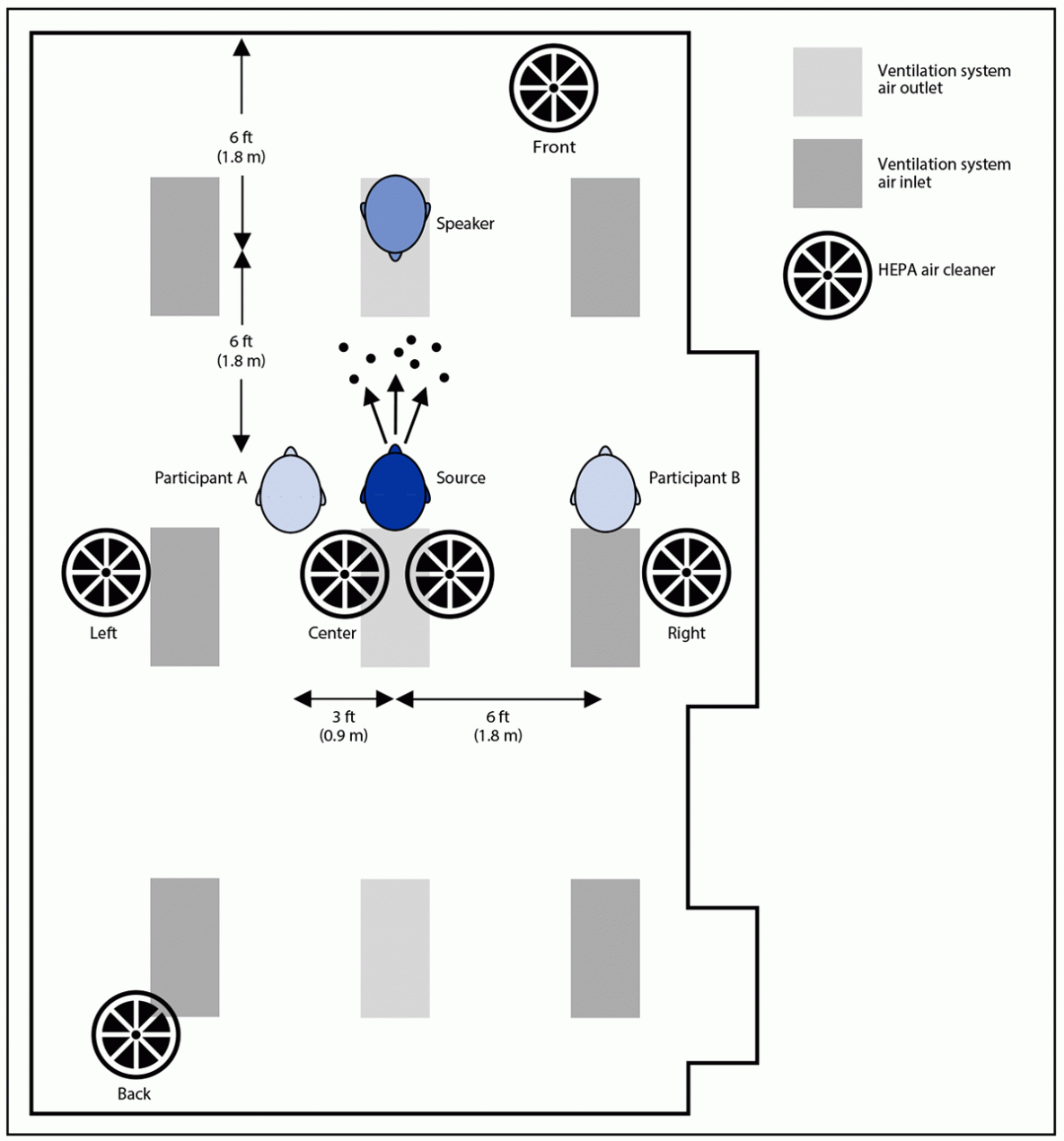ACAC.LIVE
RECERTIFICATION CREDITS
Each selection in the LIVE library contains a unique six-digit verification code. Submit the code into the form below to receive credit toward your ACAC recertification.
NOTE:
Credits are granted only to individuals who are current ACAC.LIVE subscribers, and can be applied only to the current two-year ACAC recertification period. If you accumulate more than the required number of credits in a single two-year period, keep your subscription current and then wait until after recertification to submit additional verification codes.
CREDIT IS ONLY GIVEN ONCE FOR EACH RESOURCE. Please check your current RC report before sending codes to avoid submitting duplicates.
ACAC offers independent professional certification to consultants, investigators, remediators and administrators in fields related to the building sciences.
www.acac.org * PO Box 1000 Yarnell, AZ 85362 * (888) 808-8381 * info@acac.org





















